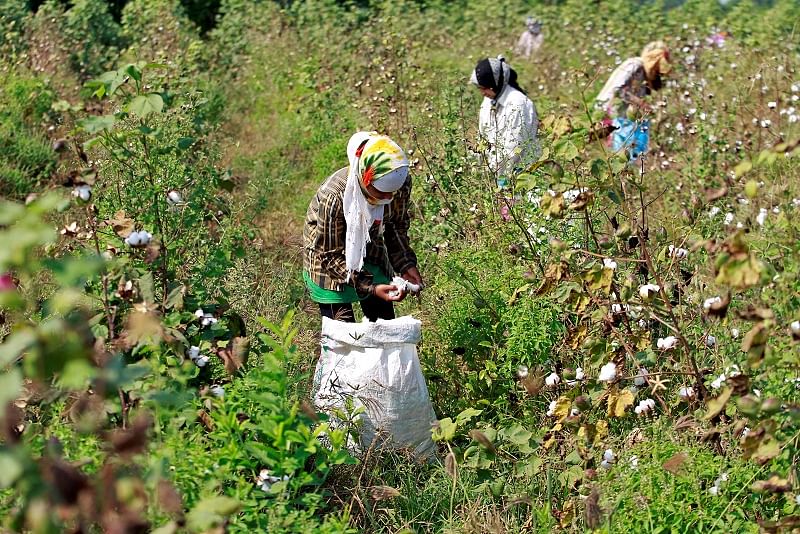
The presence of pesticide residues across almost every item of our food basket evokes extreme reactions. Though policymakers in the government and industry proffer the exponential increase in yield to justify its continued and uncontrolled use, the flip side has been a surge in incidents of cancer, neurological and endocrine disorders and detection of residues in the least expected of places (milk, water, tissue, rivers, lakes etc) more so in India where use has been both irrational and indiscriminate as borne out by the results of pesticide residue tests performed over the last decade.
Earlier the list of commonly used pesticides was small and the probability of finding more than one chemical residue on a sample was rare. Unlike in the past, the use of a broth with multiple pesticides is reflected by the presence of multiple residues in the same product or sample. Also, the use of morpholine for glazing fruits is a relatively recent phenomenon.
The key areas of concern from the consumers’ perspective are:
While stringent rules are applicable and complied with for permissible maximum pesticide residue limits in food items exported out of India, neither are these made applicable nor enforced for the same product sold to Indian consumers.
Also Read: How scientific is our outlook?
Irrational use of pesticides is common among farmers in the country, who go by the recommendation of agents and marketeers without regard to the applicability, dose and matrix (a type of food).
Indiscriminate spraying of concentrated broth (a mixture of pesticides) has resulted in bio-accumulation and bio-magnification across water sources, environment and body tissue.
(The writer is chief operating officer, Ramaiah Advanced Testing Lab, Bengaluru)